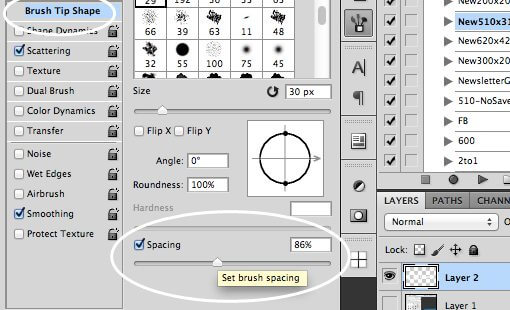12 Best Camera for Food Photography in 2021
Best Camera for Food Photography 12 Best Camera for Food Photography in 2021 It may be hard to define which camera you should purchase in case you’re new to food photography. Anyway, what is the best camera for food photography? As a food photographic artist, you will need to know some key points before buying a camera. So we have brought a few interesting points when you’re looking for a camera. In this article, we are going to suggest some of the best cameras which are remarkable for food photography. 1. Nikon D3500 Camera The Nikon D3500 is the least expensive camera for food photography on this list. For a particularly little package, you will get a significant astonishing camera set up. A 24-megapixel APS-C sensor packed inside a body which weighs about equivalent to three bananas is crazy, which means you can convey this camera anyplace. Out for lunch and need to take a photo of your food to upload on Instagram? You can easily do it with this camera. It is missing many of t...



Comments
Post a Comment